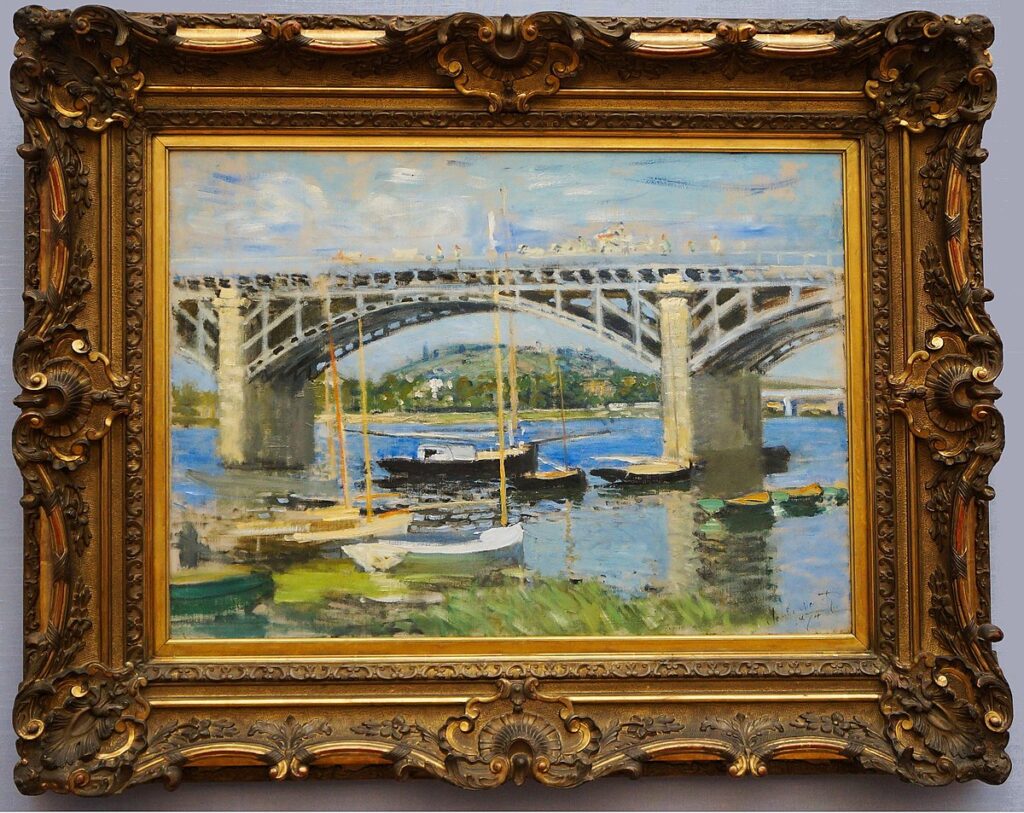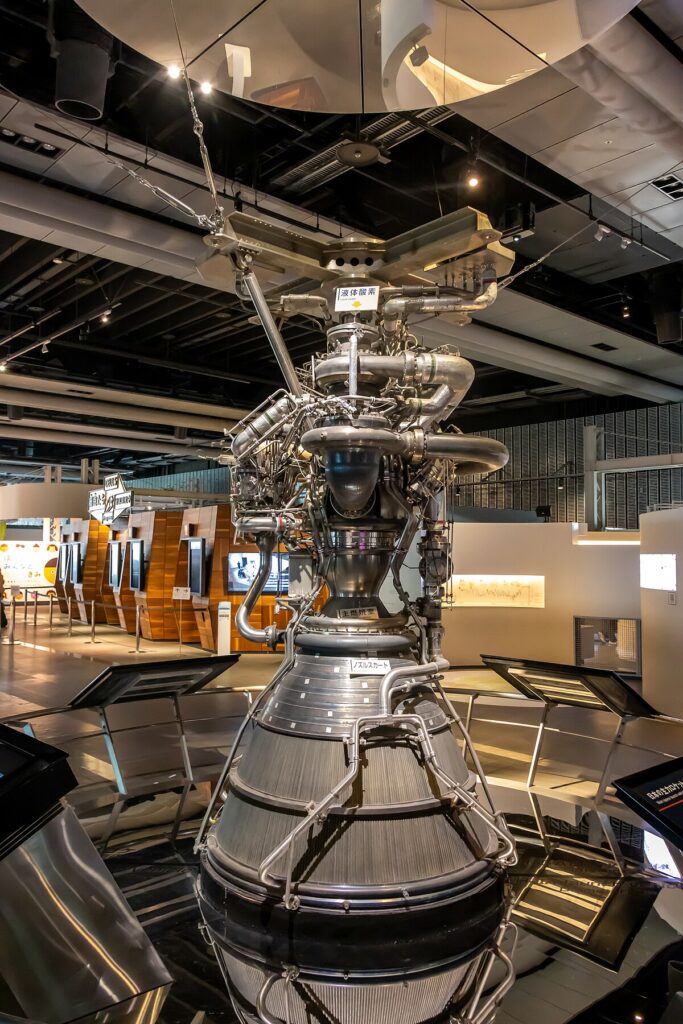Tourist attractions--archive--
-

Echigo-Tsumari Satoyama Museum of Contemporary Art KINARE (Tokamachi City, Niigata Prefecture)
Overview (History, Features, and Attractions) Echigo-Tsumari Satoyama Museum of Contemporary Art KINARE is a hub for contemporary art in the Echigo-Tsumari region, located in Tokamachi City, Niigata Prefecture. In collaboration with the Echigo-Tsumari Art Triennale (Echigo-Tsumari Satoyama Contemporary Art Festival), the museum connects the region's satoyama and rural areas with contemporary art. -

Mount Kongo (Chihayaakasaka Village, Osaka Prefecture)
Overview (History, Features, and Attractions) Mount Kongo is located in Chihayaakasaka Village in southeastern Osaka Prefecture. At approximately 1,125 meters above sea level, it is the highest mountain in Osaka Prefecture. It has a long history as a subject of Shugendo (mountain asceticism) and mountain worship, and is a popular spot for hiking and nature observation throughout the year. -

Juniko Lake (Fukaura Town, Nishitsugaru District, Aomori Prefecture)
Overview (History, Features, and Attractions) - Juniko (Twelve Lakes) is a group of small lakes and ponds located in Fukaura Town, Nishitsugaru District, Aomori Prefecture. Surrounded by beech forests at the foot of the Shirakami Mountains, it is a popular tourist destination with a beautiful natural landscape. The name "Juniko" (Twelve Lakes) symbolizes the number of lakes, and in fact, there are more than 30 ponds, large and small, scattered throughout the area. -

Takamatsuzuka Tomb (Asuka Village, Nara Prefecture)
Overview (History, Features, and Attractions) Takamatsuzuka Tomb is an ancient tomb located in Asuka Village, Takaichi District, Nara Prefecture, with a horizontal stone chamber built in the late Asuka period (late 7th century to around the 8th century). Discovered in 1972, it attracted attention for the colorful murals of figures and patterns painted on the walls of the stone chamber inside. -

Mii-dera Temple (Otsu City, Shiga Prefecture)
Overview (History, Features, and Attractions) Mii-dera (Onjo-ji) is an ancient temple in Otsu City, Shiga Prefecture. It has long been a Tendai Buddhist temple that has attracted worshippers. Its official name is Onjo-ji, but it is commonly known as Mii-dera ("Mii-dera"), a name derived from the "three springs" that are said to be located within the temple grounds. -

Himeji Central Park (Himeji City, Hyogo Prefecture).
Overview (History, Features, and Attractions) Himeji Central Park is a multi-purpose leisure facility located in the naturally rich hills of Himeji City, Hyogo Prefecture. Its unique feature is that it combines a safari park (zoo) and an amusement park. Since its opening in the 1980s, it has offered a "drive-through safari" where visitors can explore the park by car. -

Shima Onsen (Nakanojo Town, Agatsuma District, Gunma Prefecture)
Overview (History, Features, and Attractions) Shima Onsen is a historic hot spring resort located in Nakanojo Town, Agatsuma District, Gunma Prefecture. The name "Shima" comes from a legend that the hot springs "can cure 40,000 illnesses," and the area has been popular as a therapeutic hot spring resort since the Edo period. Surrounded by the beautiful valley of the clear Shima River... -

National Museum of Emerging Science and Innovation (Koto-ku, Tokyo)
Overview (History, Features, and Attractions) Miraikan (The National Museum of Emerging Science and Innovation), commonly known as Miraikan or the National Museum of Emerging Science and Innovation, is a national museum located in Aomi (Odaiba area) in Koto Ward, Tokyo, dedicated to cutting-edge science, technology, and the future of society. Established in 2001... -

Mitarai Valley (Tenkawa Village, Yoshino District, Nara Prefecture)
Overview (History, Features, and Attractions) Mitarai Valley is a beautiful valley with a clear stream and deep V-shaped valley in Tenkawa Village, Yoshino District, Nara Prefecture. Characterized by crystal clear water against a limestone backdrop, large and small waterfalls, and a landscape of moss-covered rocks, the valley has long been linked to local faith and the lives of villagers. -

Uji Bridge (Uji City, Kyoto Prefecture)
Overview (History, Features, and Attractions) Uji Bridge is a representative bridge spanning the Uji River in Uji City, Kyoto Prefecture, and is an iconic landmark of the city. It has long been a key transportation hub, and is closely connected to the setting of the Heian period literary work "The Tale of Genji," making it a place of great historical and cultural value.




